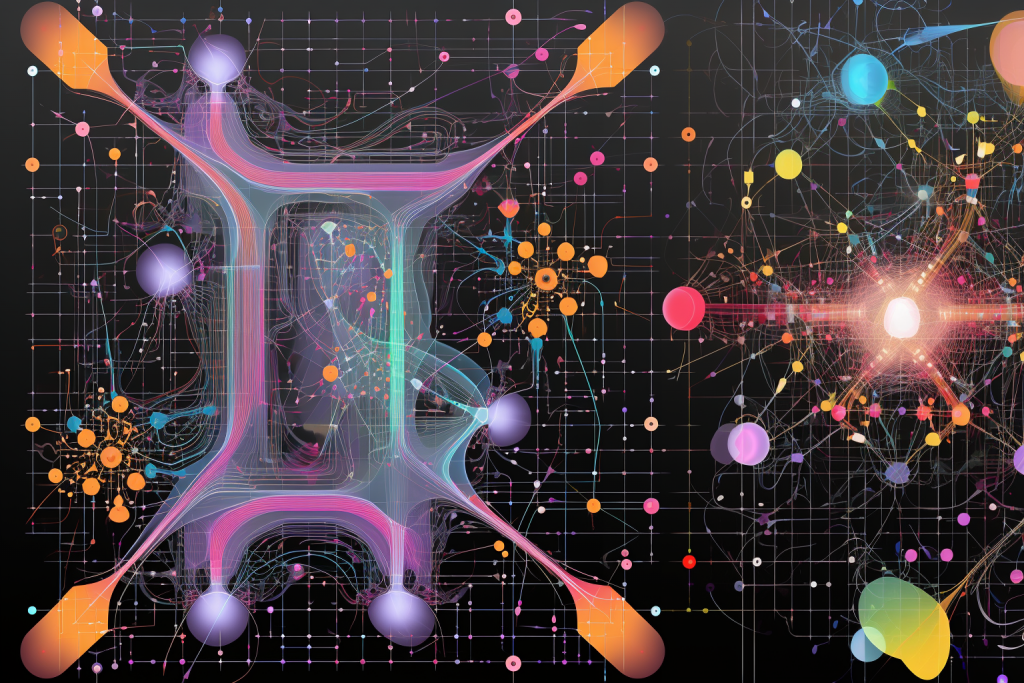Introduction

Low Energy Nuclear Reactions (LENR) have been a subject of scientific curiosity and debate. While traditional simulation methods have their limitations, QC (Quantum Computing) is emerging as a parallel transformative technology. This article delves into some of the technical aspects of how QC and in particular how quantum-classical co-processing protocols have the potential to render high quality LENR simulations.
The Quantum-Classical Hybrid Approach

Recent research has introduced a hybrid algorithm that combines classical and quantum computing for nuclear reaction simulations. This approach processes the spatial coordinates of particles using classical methods, while quantum hardware handles the spin degrees. Initial tests simulating neutron scattering have been promising. [Source]
Quantum Computing and LENR: A Technical Perspective

Optimization Problems
Firstly, Quantum algorithms can solve optimization problems more efficiently, which is crucial for determining the best conditions for LENR to occur. [Source]
Material Science
Secondly, QC can help in the simulation and discovery of new materials that could act as catalysts in LENR reactions. Source
Data Analysis
Furthermore, the massive amount of data generated during LENR experiments can be analyzed more efficiently using quantum algorithms, leading to quicker insights. [Source]
Error Mitigation
Advanced error mitigation techniques in quantum computing could lead to more reliable LENR simulations. Source
Complex Simulations: The Quantum Advantage

Moreover, Quantum computing (QC) offers a unique set of advantages over classical computing when it comes to simulating complex systems like nuclear reactions in LENR.
Here’s why:
Exponential Speedup
Quantum algorithms can provide an exponential speedup for certain computational problems. This is crucial for simulating the many-body quantum systems often encountered in nuclear physics, where the computational complexity can grow exponentially with the number of interacting particles. Classical computers struggle with this “exponential wall,” making some problems practically unsolvable. [Source]
Superposition and Entanglement
Quantum bits (qubits) can exist in a superposition of states, unlike classical bits that are either 0 or 1. This allows quantum computers to perform multiple calculations simultaneously. Additionally, qubits can be entangled, meaning the state of one qubit can instantly influence the state of another, no matter the distance between them. This is particularly useful for simulating quantum correlations in nuclear reactions. [Source]
Quantum Tunneling
The phenomenon known as Quantum Tunneling is occurs when particles move through energy barriers that would be insurmountable in classical physics. Quantum algorithms can simulate this phenomenon accurately, which is essential for understanding certain types of nuclear reactions, including potential LENR processes. [Source]
Resource Efficiency
Finally, Quantum algorithms are often more resource-efficient than their classical counterparts, requiring fewer computational steps to arrive at a solution. This is particularly beneficial for LENR simulations, where computational resources can be a limiting factor. [Source]
By leveraging these quantum phenomena, QC can simulate complex nuclear reactions with a level of detail and accuracy that is currently unattainable with classical computing methods.
Relevance to LENR

The hybrid algorithm’s capability to simulate nuclear reactions suggests it has promising applicability in LENR simulations. Leveraging quantum computing could lead to LENR simulations with unparalleled accuracy.
QC Challenges and Future Directions

The approach is promising but not without challenges. These include the need for reliable, long-lived qubits and advanced error mitigation strategies. However, advancements in quantum computing technology are likely to overcome these hurdles in the coming years as long as our grasp on the physics is accurate.
Conclusion

“It is difficult to say what is impossible, for the dream of yesterday is the hope of today and the reality of tomorrow.”
In conclusion, QC has the potential to revolutionize LENR simulations. As quantum computing matures, it may redefine our understanding of LENR, bringing us closer to utilizing it as a clean, abundant energy source through our comprehension of condensed matter nuclear science.








